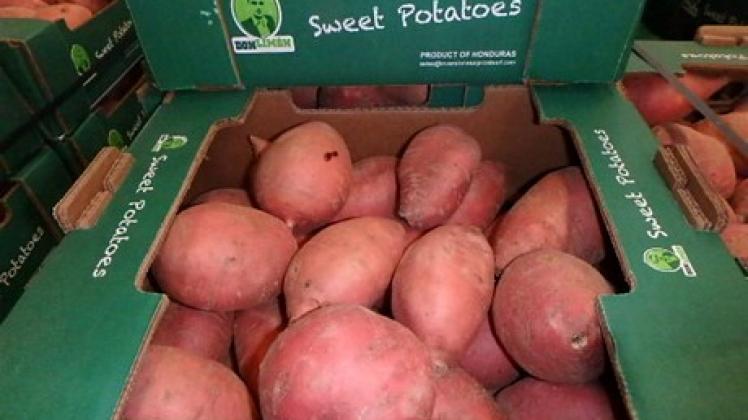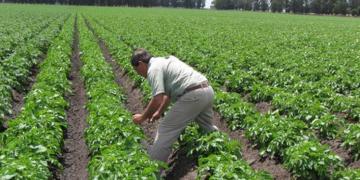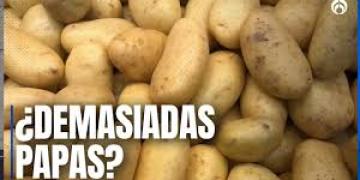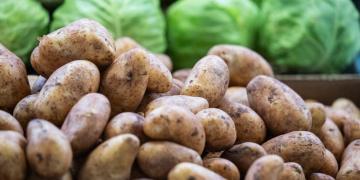EEUU: Deadly bacteria wants to eat your potato crop
This is the first of two parts in our look at Dickeya dianthicola, a disease that could be devastating to the potato industry. It’s part of our new Focus on Spuds series for 2016.

That’s what researchers from the Pacific Northwest to the East Coast are urging potato growers to do when it comes to monitoring for a recently discovered bacterial pathogen in the U.S. that threatens to wipe out entire crops.
Dickeya dianthicola was first confirmed in late 2014, and since then it has been discovered in potato fields in about a dozen states across the country - mostly along the East Coast, but also in Idaho, Michigan, Minnesota, North Dakota and Wisconsin.
ROTTEN TATERS: Dickeya dianthicola causes soft rot in potatoes, but scientists agree that it would take a trained eye to distinguish between Dickeya and another disease that causes soft rot, Pectobacterium. That’s why it’s important to have samples tested.
Several samples collected from Colorado fields in 2015 were suspect, but tests came back inconclusive, says Professor Gary Secor, a North Dakota State University plant pathologist who is among a small group of scientists across the country testing for the deadly bacterium.
“Yes, growers should be very concerned,” Secor says. “Under the right conditions - typically wet from rain or over-irrigation - D. dianthicola can cause stand losses up to 40% and even higher.”
Adds Professor Steve Johnson, a crop specialist with University of Maine Cooperative Extension: “Growers across the country should take this potential problem seriously, very seriously. When you see a field with a 40% to 60% loss, that’s staggering; some of these growers are discing up entire potato fields. They are not happy campers.”
Professor Nora Olsen, extension potato specialist at the University of Idaho Kimberly Research and Extension Center, says growers need to be diligent in looking for signs of D. dianthicola in their potatoes.
“As with any emerging issue, we don’t know what’s going to come next so there is a need to be proactive and a need to get educated on Dickeya,” Olsen says. “What can we do to head it off before it becomes much more of a concern? It starts with keeping things on your radar screen so you are aware of any potential changes in your fields.”
Olsen has seen the symptoms firsthand while examining test plots at the Kimberly R&E Center in 2015.
“I was looking for zebra chip and some of the other common things we find in potatoes when I discovered plants that looked a little unusual. They exhibited signs of blackleg, but not ‘typical’ blackleg,” she says.
Olsen sent samples to Secor, whose lab confirmed D. dianthicola (infected seed potatoes were the likely source).
“The plants have blackleg-like symptoms, but they die quickly in the field. You’ll be able to easily pull the plants from the ground,” Secor says.
Other symptoms in plants include non-emergence, very quick wilt, inky black stems from the ground up and stems that are hollowed out.
Dickeya also causes soft rot in potatoes, but all three scientists agree that it would take a trained eye to distinguish between Dickeya and another disease that causes soft rot in spuds, Pectobacterium.
“It would be very difficult for most to say, ‘Hey, this is Pectobacterium and this is Dickeya.’ That’s why it is important to send samples in for confirmation,” Olsen says. “We all need to communicate and react quickly.”
Fuente: http://farmprogress.com/story-deadly-bacteria-wants-eat-potato-crop-9-142611




